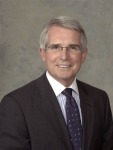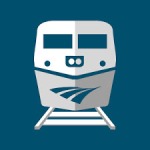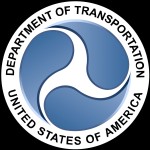Amtrak co-CEO Charles “Wick” Moorman is about at the end of the line as the head of the rail passenger carrier.
Moorman, who came on board as CEO in September 2016 after a long career at Norfolk Southern that included serving as the company’s CEO, will leave Amtrak on Dec. 31. He plans to continue to serve the carrier as a senior adviser.
When he agreed to take the Amtrak job, Moorman made it clear he would only serve as a transitional CEO and assist the process of finding his replacement.
That led the Amtrak board of directors last June to hire Richard Anderson, a former Delta Air Lines CEO. Anderson and Moorman have held the co-CEO titles since then.
“I have greatly enjoyed my time at Amtrak, and firmly believe that the company is well-positioned for the future,” Moorman said in a statement. “I look forward to continuing my work with Richard and the entire Amtrak team to further advance passenger rail in this country.”
When Moorman was hired, he was assigned the responsibility to focus on improving operations, streamlining Amtrak’s organizational structure, and finding his successor.
Moorman has had his share of challenges, including an emergency program to rebuild track at New York Penn Station and improving the company’s safety culture.
The latter was described as “broken” by a National Transportation Safety Board report on an accident that left two Amtrak maintenance workers dead when they were struck by a train at Chester, Pennsylvania.
Amtrak has also shown concepts for high-speed equipment slated to replace Acela train sets in the Northeast Corridor and put into service new locomotives built by Siemens.
“The Board is grateful for Wick’s significant contributions since he joined the company, and we are pleased that he is continuing to serve as a senior advisor,” said Tony Coscia, chairman of the Amtrak board.






